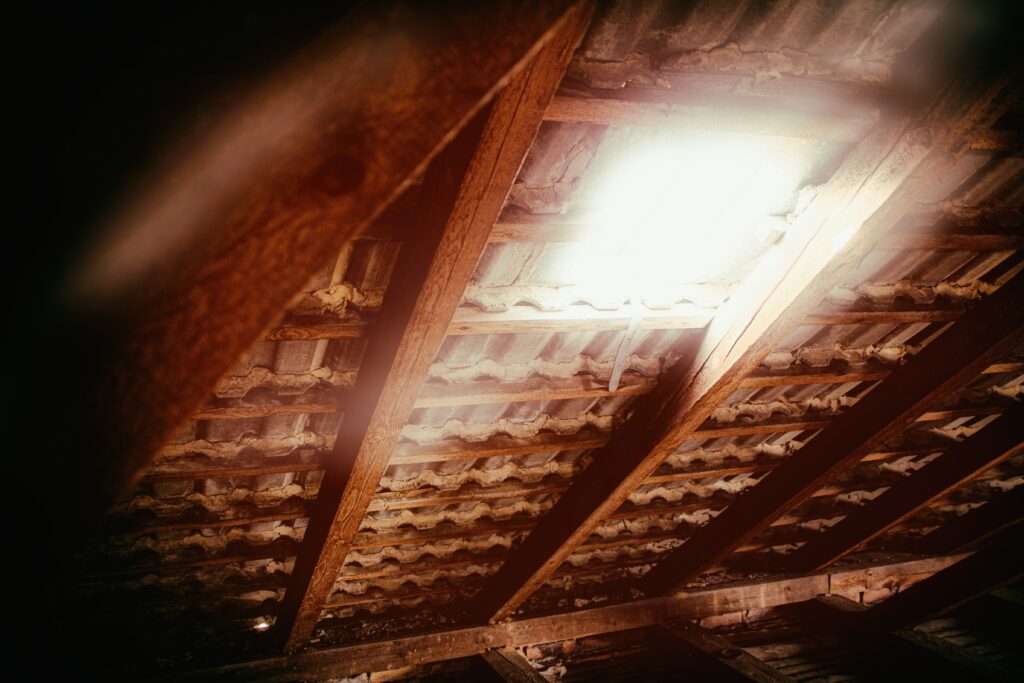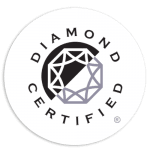The Best Insulation for a House Attic – Pros and Cons
Insulation is a critical component of a building’s construction as it helps to maintain a comfortable indoor temperature, reduce energy consumption, and improve overall building efficiency. Insulation can be installed in building areas such as wall cavities, crawl spaces, and attics. This article will give you the information you need to choose the best type of insulation for a house’s attic.
Choosing the Best Attic Insulation for a House in California
The Californian climate features extremes in temperature, from hot, dry summers to cool winters. Such variations in temperatures over the months mean your insulation will have its work cut out for it.
Proper insulation installation creates a stable indoor temperature regardless of what’s happening outside. Knowing the advantages and disadvantages of the most common types of insulation will help you make an informed choice and keep your home more comfortable.
Fiberglass Batt Insulation
Fiberglass insulation comes in rolls or blankets that are cut to fit the dimensions of your attic. It is frequently used in walls, attics, and crawl spaces due to its affordability, ease of installation, and good thermal performance.
Fiberglass Batt Insulation Advantages
Affordability: Fiberglass insulation is one of the most affordable insulation materials available, making it a popular choice for those looking for new insulation on a budget.
Easy Installation: Fiberglass batts are easy to install, so it’s considered a relatively straightforward DIY project. They are easily cut to size to fit into awkward spaces between wall studs or roof rafters.
Fire Resistance: Fiberglass batt insulation is fire resistant, helping to reduce the risk of fire in the building.
Good Thermal Performance: Fiberglass batts are effective attic insulation for attics for maintaining a comfortable indoor temperature and reducing energy bills. You can also lay it over existing insulation to increase the overall R-value.
Fiberglass Batt Insulation Disadvantages
Settling: Over time, fiberglass batts can settle and lose their insulation performance, reducing their effectiveness.
Irritation: Loose fiberglass fibers can irritate skin and eyes, so proper protective gear must be worn when installing or handling the batts.
Poor Air Sealing: Fiberglass batts do not provide a good air seal, allowing air to circulate through the insulation and reducing its overall effectiveness.
Spray Foam Insulation
Spray foam is a type of attic insulation made from polyurethane foam that is sprayed onto the wall or attic surface. It is a popular material due to its excellent thermal performance, and ability to fill gaps and cracks.
Spray Foam Insulation Advantages
Excellent Air Sealing: Spray foam is the best option for sealing air leaks and improving energy efficiency.
Good Thermal Performance: You get the benefit of a higher R-value and better thermal properties. These features will help to maintain a comfortable indoor temperature.
Durability: The foam is a durable material that does not settle or degrade over time, ensuring long-term insulation performance.
Spray Foam Insulation Disadvantages
Expense: It’s relatively expensive compared to other insulation materials, making it a less attractive option for those on a budget.
Specialized Equipment and Expertise: You need specialized equipment and expertise to correctly install spray foam, making it a less accessible option for some DIYers.
VOCs: Some spray foam insulation products emit volatile organic compounds (VOCs), which can have an impact on indoor air quality.
Cellulose Insulation
Cellulose insulation is made from recycled paper that has been treated with fire-retardant chemicals. It is typically installed by blowing the material into walls or onto attic floors.
Cellulose Insulation Advantages
Sustainability: It’s environmentally friendly compared to other options because it uses recycled materials.
Affordability: The recycled material keeps costs down relative to other insulation materials, making it a cost-effective option for many homeowners.
Good Thermal Performance: When properly installed, it’s an effective insulator capable of maintaining comfortable indoor temperatures all year long.
Easy Installation: Cellulose insulation is easily installed by blowing the material into the walls or attic. It’s a great option for those who want a quick and easy installation process.
Cellulose Insulation disadvantages
Moisture Retention: Cellulose can easily retain moisture that gets into the attic, which can reduce its thermal performance and increase the risk of mold and mildew. Regularly clean and check your attic’s condition to ensure you can stay on top of any developing problems.
Settling: Over time, cellulose insulation can settle, reducing its insulation performance and effectiveness.
Pest Concerns: The recycled paper used to make cellulose insulation is attractive to rats and mice, so rodent control in the attic is essential.
Rigid Foam Board Insulation
Rigid foam board insulation is created from polystyrene or polyisocyanurate and is available in large, rigid panels. It is commonly used for insulation in walls, roofs, and foundations, as well as for insulating HVAC ducts and pipes.
Rigid Foam Board Insulation Advantages
High R-value: Rigid foam board insulation has a high R-value, meaning that it provides excellent thermal resistance and insulation performance.
Durability: It’s highly durable and does not deteriorate over time as some other insulation materials can.
Moisture Resistance: Rigid foam board insulation is moisture-resistant, making it a good option for use in damp or humid conditions.
Air Barrier: The material creates an effective air barrier, helping to prevent drafts and reduce energy loss.
Rigid Foam Board Insulation Disadvantages
Cost: Rigid foam board insulation is more expensive than some other insulation materials, making it a less affordable option for some homeowners.
Difficult to Install: It’s not the easiest material to install, particularly in hard-to-reach areas or around electrical outlets and fixtures. Attention to detail is critical to ensuring foam board insulation always performs at its best. A professional insulation service is highly recommended.
Chemical Emissions: Some types of rigid foam board insulation emit volatile organic compounds (VOCs), which can have negative impacts on indoor air quality.
The best insulation for your attic space will depend on several factors, including cost, insulation performance, ease of installation, and environmental impact. Fiberglass batt insulation and spray foam insulation are popular options for walls, while blown-in insulation and rigid foam insulation are all great options for attics.
Before choosing insulation for walls and attics, it is important to consider the needs of your building and to consult with a professional attic insulation installer near you for expert advice. Proper insulation can significantly improve a building’s energy efficiency and overall performance.

